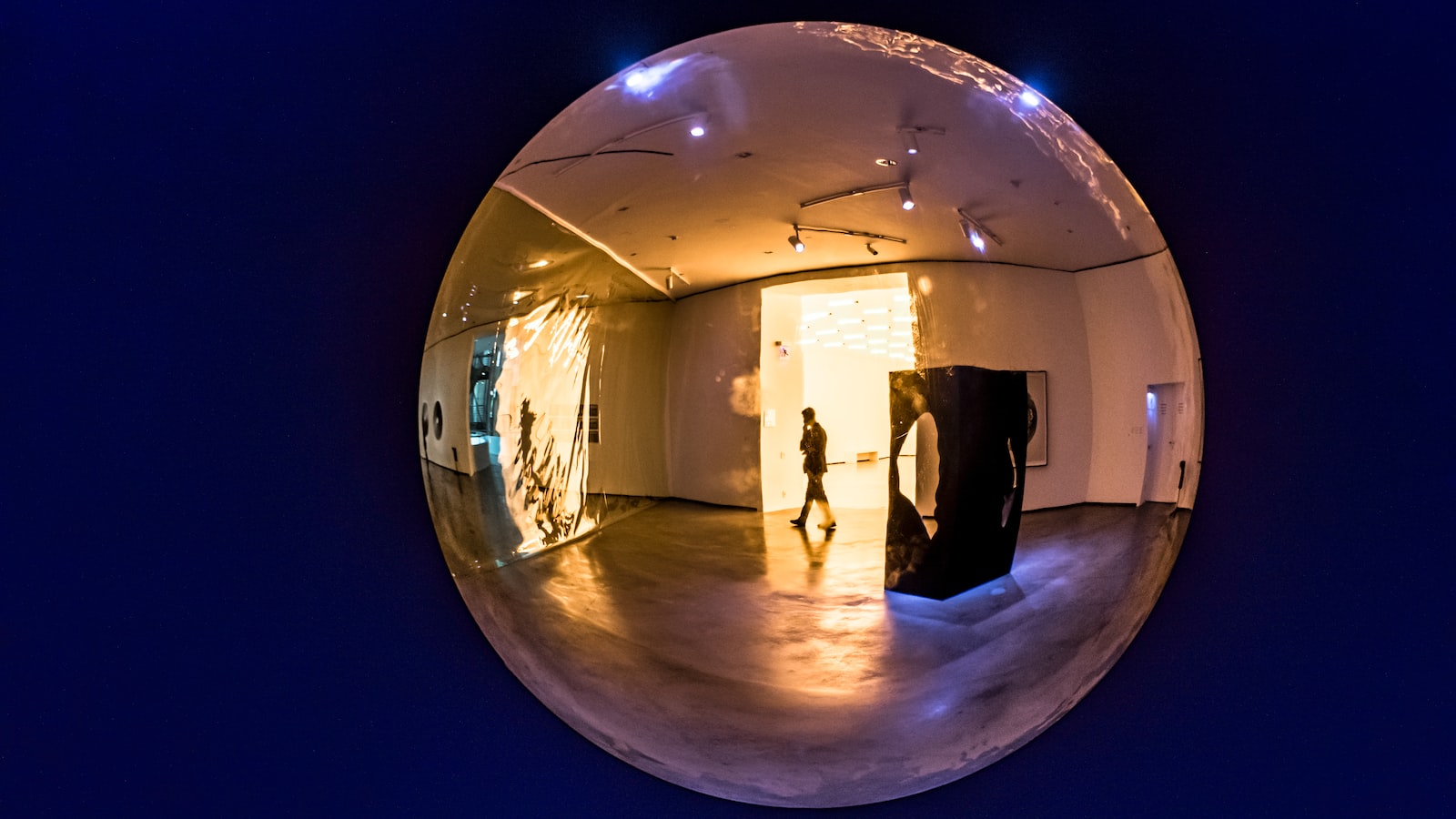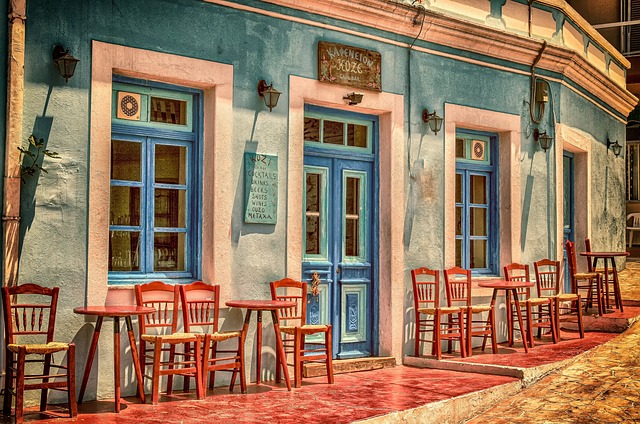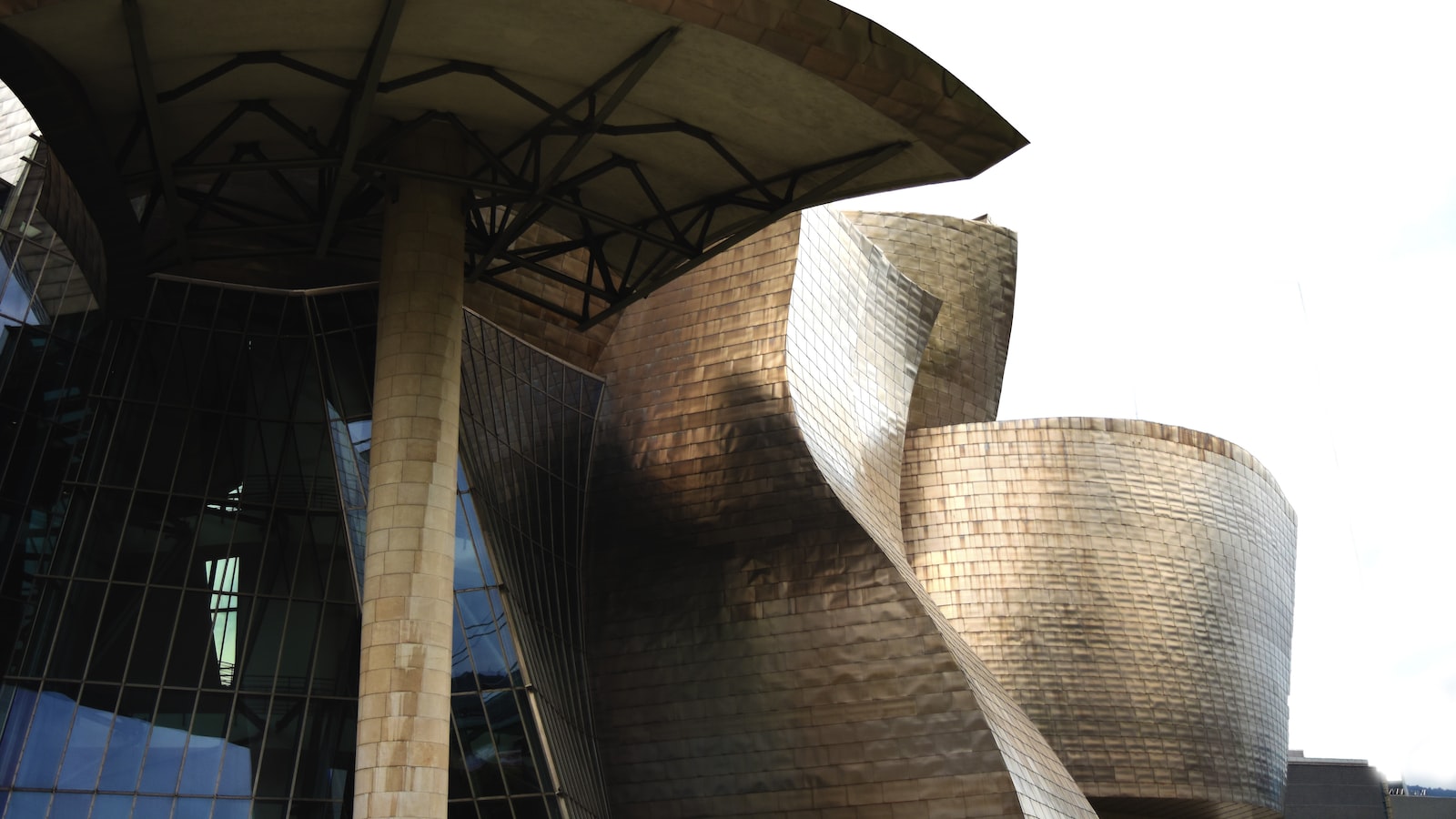In the heart of Spain’s rugged Basque region, a mesmerizing architectural masterpiece has emerged as an unlikely beacon of transformation. Nestled alongside the Nervión River, the city of Bilbao has risen from the ashes of industrial decline, rejuvenated by the awe-inspiring presence of the Guggenheim Museum. This enigmatic structure, with its swirling titanium curves and audacious design, has not only revitalized the city but also captivated the world. A parallel renaissance has unfolded within Bilbao’s urban landscape, where innovative architecture has become a catalyst for profound social, cultural, and economic change. Welcome to the captivating story of the Guggenheim Effect: Bilbao’s Architectural Renaissance.
1. The Guggenheim Effect: A Catalyst for Bilbao’s Revitalization
When it comes to transforming a city, few projects have had the impact that the Guggenheim Museum has had on Bilbao. This architectural marvel, designed by Frank Gehry, not only houses an extensive collection of modern and contemporary art, but it has also become a symbol of the city’s rejuvenation and cultural renaissance. The Guggenheim Effect, as it is often referred to, has breathed new life into Bilbao and has become a catalyst for its revitalization.
One of the most remarkable aspects of the Guggenheim Effect is its ability to attract visitors from all over the world. Since its opening in 1997, the museum has become a must-visit destination for art enthusiasts, architecture lovers, and curious travelers alike. The stunning combination of titanium panels, curved forms, and unconventional design elements make the museum an architectural masterpiece that embodies creativity and innovation. Plus, the ever-changing collection of thought-provoking exhibitions ensures that each visit to the Guggenheim is a unique and immersive experience.
- Bold and daring architecture that captivates visitors
- An extensive collection of modern and contemporary art
- A symbol of Bilbao’s cultural renaissance and transformation
- Attracts visitors from around the world
- Revitalized local economy through tourism and job creation
The Guggenheim Effect goes far beyond tourism. Bilbao’s revitalization extends to its economy, social fabric, and overall reputation. The museum’s presence has spurred urban development, attracting new businesses, restaurants, and hotels. The once-declining industrial city has transformed into a vibrant cultural hub, offering a multitude of cultural events, festivals, and art-related activities. With every passing year, Bilbao continues to evolve, leveraging the Guggenheim Effect as a foundation for sustainable growth and prosperity.

2. Architectural Renaissance: Transforming Bilbao’s Identity and Landscape
Embarking on a journey through Bilbao is like stepping into a captivating realm where architecture becomes a symbol of transformation and identity. Renowned for its architectural renaissance, this vibrant city has managed to reshape its landscape, using structures as catalysts that blend seamlessly with its historical roots.
One can’t help but marvel at the majestic Guggenheim Museum, an architectural masterpiece that commands attention with its titanium-clad curves and avant-garde design. Beyond its breathtaking exterior lies a collection of contemporary art that transcends traditional boundaries, inviting visitors to explore the depths of human creativity and imagination. Walking through the tranquil gardens surrounding the museum is a surreal experience, where the interplay of nature and man-made wonders creates a harmonious symphony for the senses.
- Bilbao’s architectural metamorphosis spreads beyond the boundaries of the Guggenheim Museum. Other notable landmarks, such as the Zubizuri bridge, exemplify the fusion of art and engineering. Suspended over the Nervion River, its elegant white arc gracefully connects both sides of the city, a testament to Bilbao’s commitment to innovation.
- The Euskalduna Palace, a former shipyard transformed into a vibrant performing arts center, showcases architectural brilliance at its finest. Its sleek lines and glass façade capture the essence of Bilbao’s industrial past, paying homage to the resilience and adaptability of its people.
- Further enriching the city’s cultural tapestry is the Azkuna Zentroa, once an old wine warehouse that has been imaginatively reimagined as a multifaceted cultural hub. Here, contemporary art exhibitions, cinema, music, and wellness intertwine, inviting locals and visitors alike to immerse themselves in a cornucopia of experiences.
The architectural renaissance that has swept through Bilbao has breathed new life into the city, reviving its spirit and reinventing its identity. It is a testament to the power of architecture to transform not only landscapes but also the hearts and minds of those who are fortunate enough to witness its beauty.

3. The Power of Iconic Design: Lessons Learned from the Guggenheim Bilbao
Nestled amidst the enchanting Basque landscape, the Guggenheim Bilbao effortlessly stands as a testament to the transformative power of iconic design. Its captivating architecture, conceived by the legendary Frank Gehry, has forever changed the way we perceive museums. Beyond its awe-inspiring titanium exterior, this architectural marvel teaches us invaluable lessons about innovation, art, and the impact of iconic landmarks.
Lesson 1: Breaking Boundaries – The Guggenheim Bilbao showcases the extraordinary possibilities that arise when daring to think outside the box. Gehry’s audacious vision broke free from traditional museum design and unleashed a new era of architectural brilliance. From its fluid, organic shapes to the unconventional use of materials, it challenges conventions and encourages us to embrace creativity without limitations.
- Embrace unconventional ideas.
- Explore uncharted territory to unlock hidden potential.
- Encourage experimentation to foster innovation.
Lesson 2: Cultivating a Landmark – The Guggenheim Bilbao proves that a single building has the power to transform an entire city and become a global icon. Beyond its architectural splendor, it has revitalized Bilbao, attracting tourism, revitalizing the economy, and sparking cultural revival. We learn that iconic design not only offers aesthetic value but can also serve as a catalyst for positive change.
- Create structures that leave a lasting impact beyond their physical presence.
- Consider the socioeconomic implications of iconic design.
- Harness the potential of landmark architecture to drive progress.

4. Unlocking Potential: Leveraging Architecture as a Driver of Economic Growth in Cities
Architecture goes beyond the realm of just aesthetics; it possesses the power to shape the very fabric of cities and drive economic growth. With the right vision and careful execution, architecture can become a catalyst for change, attracting investment, fostering innovation, and creating a thriving urban environment.
By leveraging architecture as a driver of economic growth, cities can unlock their true potential. Here’s how:
- Infrastructure Revitalization: Architecture plays a pivotal role in revitalizing aging infrastructure. By reimagining and redesigning key structures such as bridges, roads, and public spaces, architects can breathe new life into cities, making them more attractive to both residents and businesses.
- Iconic Landmarks: Architectural masterpieces have the ability to draw tourists from all corners of the globe. These iconic landmarks become cultural symbols, generating revenue through tourism and providing opportunities for local businesses to flourish.
- Urban Regeneration: Through urban regeneration projects, architecture can turn neglected areas into vibrant hubs of activity. By transforming old factories into creative spaces, designing mixed-use buildings, and integrating green architecture, cities can create a desirable environment for businesses to thrive.
- Innovation Hubs: Architecture has the power to foster innovation by creating spaces that encourage collaboration and creativity. Cutting-edge research centers, co-working spaces, and technological hubs attract talent and entrepreneurial activity, boosting economic growth.
When viewed not just as buildings, but as economic assets, architecture can unlock a city’s potential for economic growth, attracting investment, enhancing livability, and fostering creativity. By recognizing and leveraging the power of architecture, cities hold the key to unlocking a prosperous future.
In Summary
In the heart of Basque Country lies a city that defied all expectations, embraced innovation, and emerged as a beacon of architectural wonder. Bilbao, once a humble industrial hub, has experienced an extraordinary transformation, all thanks to a single landmark that forever altered the city’s landscape – the Guggenheim Museum.
With its gleaming titanium curves jutting into the sky, Frank Gehry’s masterpiece not only revitalized this once-sleepy town but also sparked a global phenomenon that has come to be known as the Guggenheim Effect. Bilbao’s architectural renaissance has captivated the world’s imagination and left an indelible mark on the urban landscape.
But what exactly is this mystical force that has captured the hearts of millions? It transcends mere bricks and mortar, encapsulating the spirit of reinvention, cultural rejuvenation, and the power of architecture to shape and reshape communities. The Guggenheim Effect goes far beyond the confines of Bilbao, radiating outwards, inspiring cities around the globe to reimagine themselves.
The Guggenheim Effect is about so much more than just tourism. It is a symbol of Bilbao’s resilience, a testament to the human capacity for transformation. No longer a city defined solely by its industrial past, Bilbao has become a vibrant hub of creativity, a place where tradition seamlessly intertwines with innovation.
As visitors stroll the streets of Bilbao, they are greeted by a symphony of architectural marvels – the crisp lines of modernist structures blending harmoniously with traditional Basque design. The cityscape itself has become a living gallery, showcasing bold strokes of architectural courage and visionary brilliance.
Beyond the museum that sparked it all, the Guggenheim Effect is felt throughout the city. Creativity percolates in every street corner, inspiring local artists, architects, and urban planners to dream big and push boundaries. The city’s commitment to aesthetic excellence extends beyond individual buildings; it is a collective endeavor to create an urban tapestry that tells the rich story of Bilbao’s past and future.
But the Guggenheim Effect is not limited to Bilbao alone. It has become a model for urban renaissance the world over. Cities, faced with the daunting task of revitalization, look to Bilbao’s shining example, hoping to replicate its success. The spirited transformation of this Basque metropolis serves as a beacon of hope, a reminder that cities are constantly evolving organisms, capable of forging new identities and defying expectations.
As the sun sets on the banks of the Nervion River, illuminating the titanium curves of the Guggenheim Museum, one cannot help but marvel at the enduring legacy of Bilbao’s architectural renaissance. The Guggenheim Effect has forever changed the city’s destiny, luring visitors from every corner of the earth to witness this modern-day miracle. In this resplendent symphony of art and architecture, Bilbao’s metamorphosis will forever remind us of the incredible power of vision, creativity, and the indomitable spirit of reinvention.

